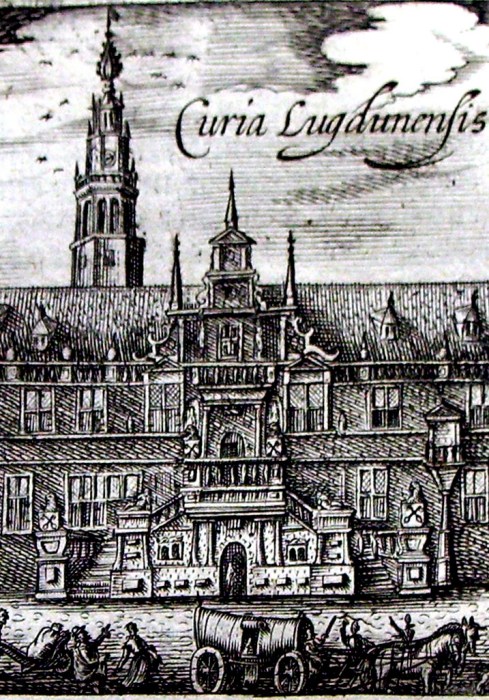
The Pilgrims acknowledged Dutch influence in a few aspects of their lives. Governor William Bradford, who was married in a civil ceremony in Leiden, cited Dutch legal precedent in establishing civil marriage registration in America. This innovation in the world of English law brought with it the basis of conceiving a separation of church and state later to be a basic characteristic of government in the United States of America.
The democratic election of civil governing officials by the colonists as stipulated in the Mayflower Compact had a parallel in the election of neighborhood officials by the residents of each of Leiden's 77 districts.
The congregational form of church organization owed its origin among the English to Robert Browne's contact with Dutch Mennonites; and the Pilgrims themselves knew of Leiden's Mennonites (with whose ideas they disagreed), who held services in a house across the street from the Pieterskerk on the north side, opposite where the Pilgrims met on the south side.
Through the annual October 3 services of thanksgiving for the relief of the siege of Leiden in 1574, when the Protestant town was saved from capture and massacre by Spanish Catholic troops, there may have been a Leiden influence on the Pilgrims' Thanksgiving Day, although Calvinists in England also shared the idea that medieval saints' days should be replaced by specially called days either of fasting or thanksgiving.
Because the English Calvinists did not dominate the Church of England, the Pilgrims first experienced this idea in practice in Leiden, where the city declared other days of fasting, prayer, thanksgiving, or festivity from time to time.
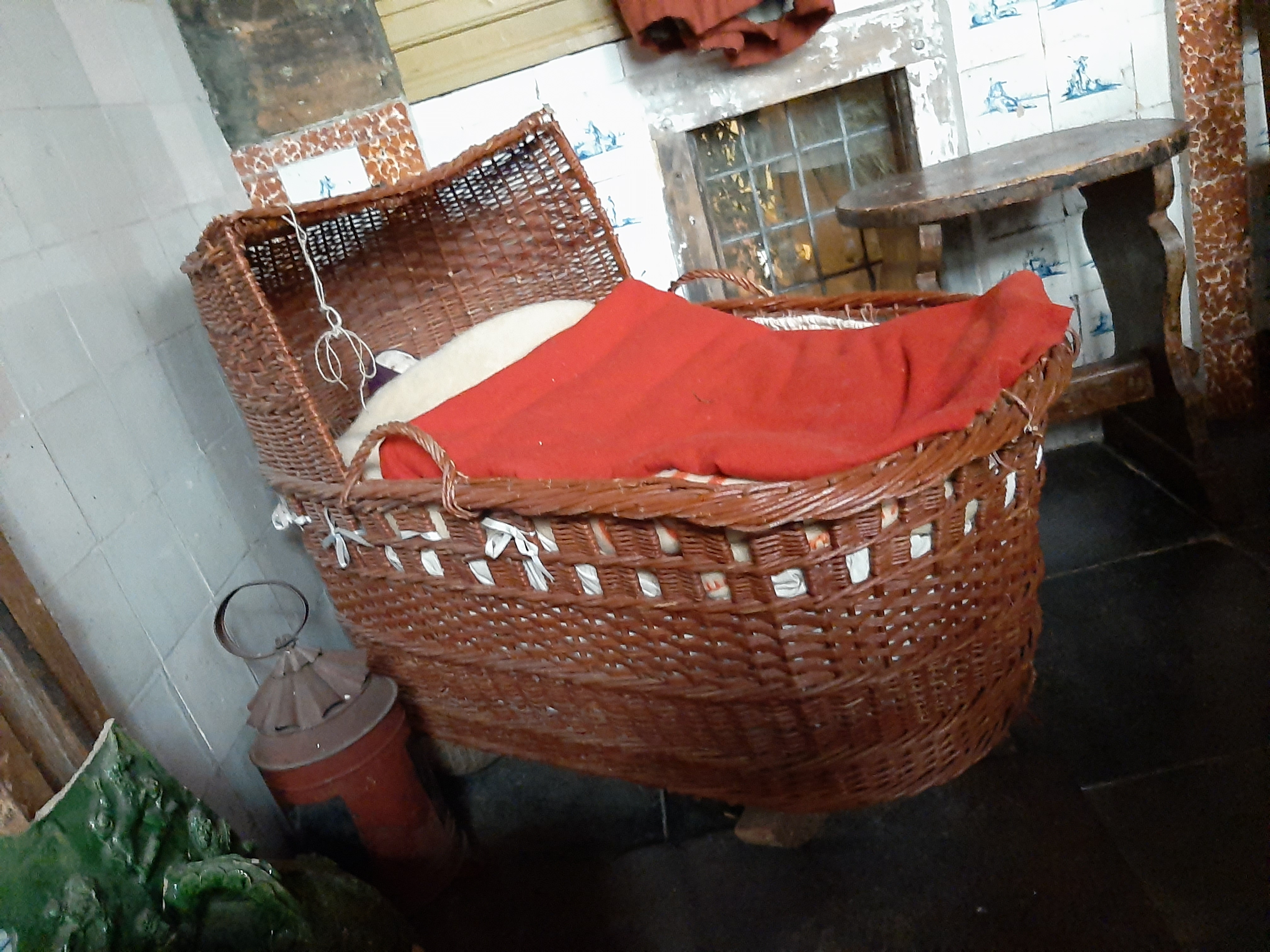
In material culture, Dutch objects went with the Pilgrim to New England, the most famous example being Peregrine White's cradle. Dutch pottery and metal wares were however also exported in such quantity to London and the east coast of England that none of the objects of ordinary life in Leiden are likely to have been completely new and unheard of.
Considering architecture, a type of house construction in which a simple post-and-beam frame is covered with long vertical planks (now known as planked construction, but then called "pallisadoed") became immediately prevalent in Plymouth Colony, and in a few places subsequently settled by people from Plymouth, Not commonly found in England, vertical cladding was quite usual in Holland. A type of rush-seated chair found in Plymouth Colony in the seventeenth century, and then still quite rare in England, where such chairs were inventoried under the name of "Dutch chairs," was the very ordinary Dutch design now known in America as the "ladder-back" chair.
The Pilgrims, making up a very small minority among the population of Leiden, did not influence the Dutch extensively. Robinson's writings did provide a basis for separation from the state church, and such separation took place among the Dutch Reformed in 1617, before the Synod of Dordrecht. An old map from the mid-seventeenth century shows John Robinson's house with the words, "De Engelsche Poort" ("The English Close"); but Robinson's house was rebuilt in 1683 as an alms-house, the Jean Pesynshof. Since their departure in 1620, the Pilgrims and their descendants have been returning to Leiden. Thomas Prince came in 1713. John and Abigail Adams, and their son John Quincy Adams, visited in 1781, as have many after them, some also family members of the original exiles. American descendants have erected several memorials in Leiden - on Robinson's house, outside and inside the Pieterskerk, and at the entry to the alley where William Brewster lived. Quite recently the city of Leiden has honored the Pilgrims by naming the alley where the Pilgrims published their subversive books, "William Brewstersteeg" (William Brewster Alley). Plymouth, Massachusetts, the Pilgrims' chief town, has named its earliest street, where once the Pilgrims had their houses, Leyden Street.
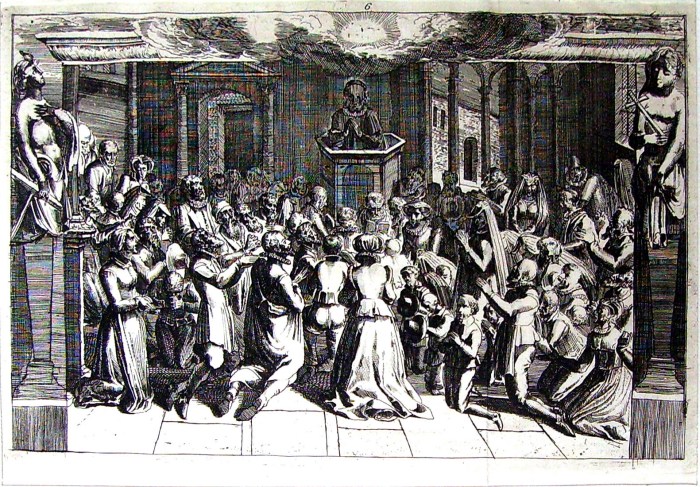
Pilgrim influence in America has been more significant. John Quincy Adams called attention to the "Mayflower Compact" as a forerunner of the Constitution of the United States of America. Doing so, he initiated a national habit of seeing the Pilgrims as a preliminary stage in a progression towards national perfection. The Pilgrims believed they were among the people of God enjoying divine protection but also subject to divine retribution. They identified themselves as exiles for conscience' sake. They were morally convinced that the equality proclaimed in the Bible requires that each individual act in justice and mercy towards others; and that each individual has the responsibility to censure and resist church and government superiors whenever their actions are evil. The Pilgrims saw themselves as called to "prophesy" - to speak out - against injustice and ungodliness during their pilgrimage on Earth.
From the Pilgrims' stay in Leiden, America first gained its separation of church and state, with a church whose members were equally expected to provide vigilant and biblical criticism of the state. The Pilgrims' active press campaign against King James I's oppressive politics regarding the suppression of minority opinion, as well as the Pilgrims' decision to emigrate to the wilds of an unknown land rather than involve themselves in a religious war (Europe's Thirty Years' War, 1618-1648), has inspired subsequent generations to prize individual responsibility, mercy, peace, and freedom above national or individual comfort bought at the expense of violence or of subordination to nationalism or religious despotism.
But the Pilgrims were more than idealized stereotypes arising from generalizations about ideas that were essential to their leaders' biblical approach to society. They were also a group of rather varied individuals whose lives went on in the new colony, not standing still at the attainment of some sort of promised land where ideals could be lived out in undisturbed perfection. They were confronted with rocky ground, but there was a lot of it. They met Native Americans, but there were not very many in their immediate neighborhood because of recent devastating plagues, and thus they could live together mostly in peace for over fifty years. The Pilgrims usually attempted to deal honestly in acquiring land from the Natives, but they did so within their own framework of habits derived from English legal concepts of land ownership, unaware of incomprehension and the cumulative effects of European land depredation on Native society. King Philip's War, the Native uprising in the 1670's, surprised them.
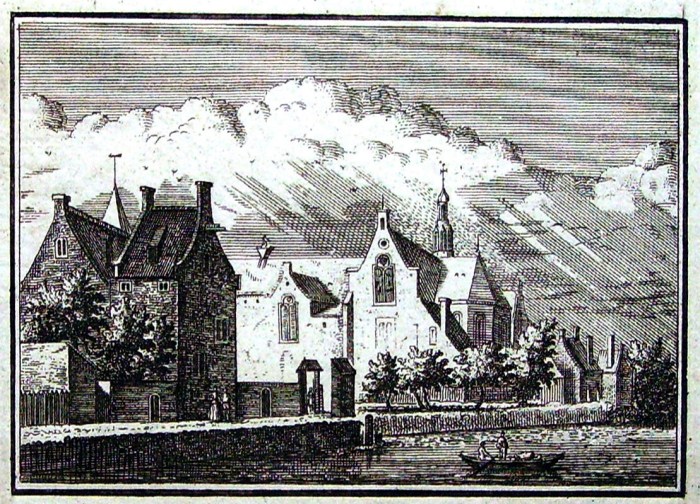
They conceived a colony which was to establish godly living and be a beacon to others, but they were soon overshadowed by the sheer numbers of the thousands of Puritan immigrants to Massachusetts Bay Colony at their northern border. The Pilgrim experiment quickly lost its uniqueness because the modifications of colonial circumstance rapidly gave rise to a New England congregationalism in which the old contrasts of Separatism and Anglicanism did not quite cover the new realities.
The Pilgrims' experience in Leiden also affected specific colonists. For example, Edward Winslow, who helped Brewster in the Leiden book publishing operations, ended a career of public service as a diplomat who became chairman of an international commission appointed by Oliver Cromwell and by the Dutch States General, to resolve outstanding differences at the end of the First English-Dutch War in 1654. In that same war, Myles Standish, who had fought for the Dutch before emigrating on the Mayflower, dragged his feet on receiving orders to attack his neighbors in Nieuw Nederland, never setting forth with the little army expedition he was supposed to lead. Thomas Willett, born to a Pilgrim family in Leiden, and a student at Leiden University before moving to Plymouth Colony, became the first English mayor of New York after the capitulation of the Dutch under Pieter Stuyvesant. As time went on, the Leiden period receded into history and was noticed in only a few reminders, such as the entry in the inventory of William Bradford's estate, where, among nearly one hundred books, we find the listing of "Calvine on the epistles in Duch with Divers other Duch bookes."
The Pilgrims became a potent symbol representing the virtues of the first settlers of New England as a result of several currents in American society in the later nineteenth century. They were featured in an exhibit (with the first recreated Pilgrim period-room) in the Centennial Exhibition at Philadelphia in 1876. They were used as the heroes and heroines of romantic fiction and poetry; Longfellow's "Courtship of Myles Standish" was a required memorization piece in nineteenth-century schools. In the face of huge waves of eastern and southern European immigration, as well as the Irish immigration resulting from the 1840's potato famine, the Pilgrims were held up as standards of Americanism to be imitated by newcomers hoping to assimilate. (The myth that Myles Standish was Catholic was created in Boston to inspire youthful Irish immigrants.)
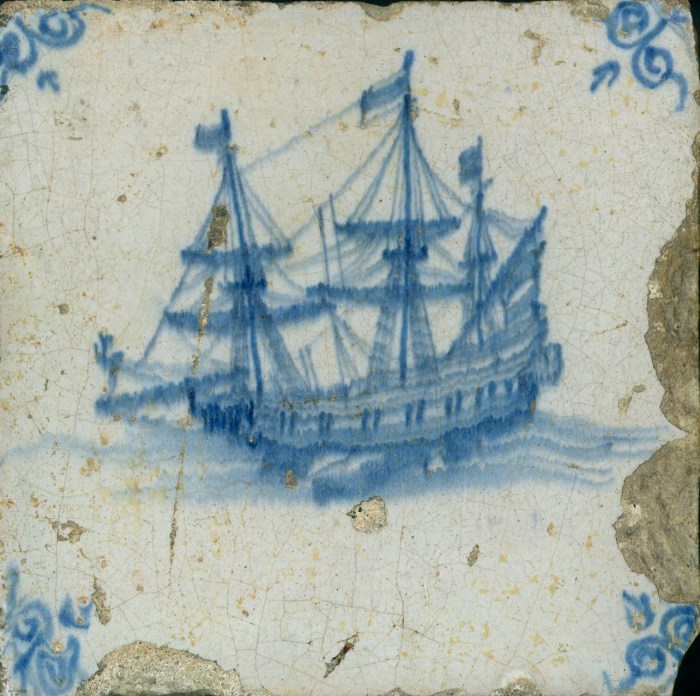
Plymouth Rock, the Victorian idea of Pilgrim home life and proper roles in the good old days, the defense of a stern Protestant ethical culture against barbarian onslaughts, and the lost ideal of family unity (called up by Abraham Lincoln's proclamation of the first national Thanksgiving Day during the Civil War) all contributed to a grand conception of significance that was heartily endorsed by some of their descendants, only to be ridiculed by debunking historians who did not take the effort to study what needs had existed which the Pilgrim myths could be used to satisfy, but who easily could point out that the documented reality showed, instead, a heroic but not uncommon struggle for survival by a very small group in limited circumstances, unable (and perhaps not even desiring) to impose any specific ideas on the larger colonies around them.
In present-day America there seems to be a need for a mythical purity embodied in the victimized noble savage, not the noble conquering European colonist. Rather than seeing themselves as representing either a modern-day parallel with the Israelites' Exodus in the Old Testament, as did the Pilgrims, or a modern-day embodiment of Roman republican virtue, as did the founders of the new American nation in the late eighteenth century, some Americans may be imagining themselves as modern-day noble savages victimized by economic and social forces too large to comprehend, that are destroying what is left of a pristine wilderness somewhere. It was become the fashion to emphasize how insignificant the Pilgrims "really" were, relatively speaking (but without any definition of what the implied comparison includes), and how excellent the imaginary native society which was displaced must have been.
Avoiding the tendency towards generalization, which casts the Pilgrims as the allegorical embodiment either of fine personal virtues or of negative abstract social trends, a new examination of the details of their daily circumstances and individual choices and opportunities may reveal to us real people with complex characters and perceptions which seem to us sometimes quite recognizable and close to ourselves and at other times exotic and difficult to comprehend or sympathize with. Nonetheless, what we make of our information about the Pilgrims may eventually seem as dated as Victorian versions of the Pilgrim story.
The Pilgrim’s rich and exciting story deserves to be told in detail. You can discover different aspects of it in the following chapters.